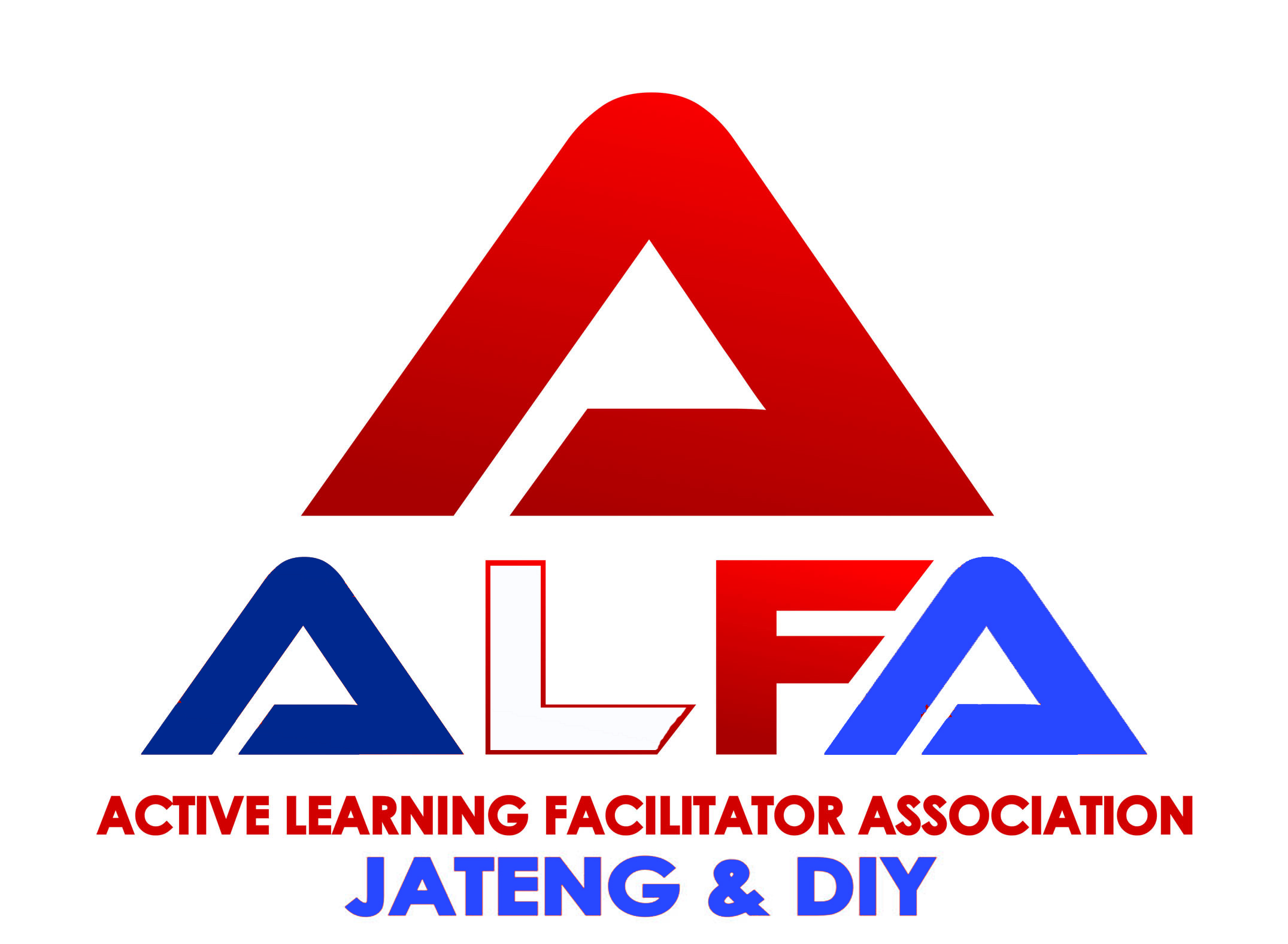Role of Technology in Enhancing Teaching and Learning in Cambodian Higher Institutions: Implication for Stakeholders
Abstract
This paper examined the role of technology in enhancing teaching and learning in Cambodian higher institutions and its implication for stakeholders. Evaluation of ICT models, emerging technologies and the learning theories related to technology were systematically reviewed. An overview of teaching and learning before the digital age with a particular reference to history of education and technology in Cambodia was examined while historical theories of educational technology such as constructivism, complexity theory, the pedagogy of nearness, heutagogy, and connectivism were highlighted. Furthermore, emerging technology integration models such as SAMR, TPACK, UDL models were examined including the multiple roles of the learner, educator and the audience in a connected age.Several strategies in which technological tools that can be used to enhance students’ learning were provided. Part of the Implication of the study includes adequate provision of power supply, computer laboratories and internet connectivity in Cambodian higher institutions should be paramount to government, private firms, philanthropists and NGOs so that students can appreciate technology and learn fast. Aside that, adequate fund should be given to the institutions to procure other necessary technology gadgets that can be used to promote learning.
Keywords: ICT Models, Teaching and Learning, Higher Institutions, Stakeholders, Cambodia
Full Text:
PDFReferences
Anderson, T.&Whitelock, D. (2004). The educational semantic web: Visioning and practicing the future of education. Journal of Interactive Media in Education,1. Available at:https://jime.open.ac.uk/articles/10.5334/2004-1/ (Accessed November 7,2018).
CAST (2011). Universal design for learning guidelines.National Center on Universal Design for Learning. Available at:http://www.udlcenter.org/aboutudl/udlguidelines. (Accessed November 7,2018).
Cipolla-Ficarra, F. V., Ficarra, M. V., Cipolla-Ficarra, M., Quiroga, A., Alma, J., &Carré, J. (Eds.).(2017). Technology-enhanced human interaction in modern society.IGI Global.
Cleveland-Innes, M. F. and Garrison, D.R. (2010) An Introduction to Distance Education. Understanding Teaching and Learning in a New Era. New York:Routledge.
Crowley, D., &Heyer, P. (2015). Communication in history: Technology, culture, society. Routledge.
Keller, G. (2008) Higher education and the new society. Baltimore, MA:Johns Hopkins University Press.
Kerr, B. (2007). A Challenge to Connectivism.Transcript of Keynote Speech. Paper presented at the Online Connectivism Conference. Available at:http://ltc.umanitoba.ca/wiki/index.php?title=Kerr_Presentation (Accessed November 7, 2018).
Ivlev, V. Y., Barkova, E. V., Ivleva, M. I., &Buzskaya, O. M. (2016). Environmental Approach to the Study of the Modern Stage of Information Society Development: Research Prospects. International Journal of Environmental and Science Education, 11(16), 9113-9124.
Kop, R. & Hill, A. (2008) Connectivism: Learning theory of the future or vestige of the past? The International Review of Research in Open and Distance Learning, 9(3). Available at: http://www.irrodl.org/index.php/irrodl/article/view/523/1103 (Accessed November 7, 2018).
McCarthy, N. (2017) The Most and Least Expensive Countries for Broadband (Infographic).Available at:https://www.forbes.com/sites/niallmccarthy/2017/11/22/the-most-and-least-expensive-countries-for-broadband-infographic/#2c0fc02323ef (Accessed November 7, 2018).
Mejias, U. (2005) Movable Distance: Technology, Nearness and Farness. Ulisesmejias’ blog entry.Available at:http://blog.ulisesmejias.com/2005/01/20/movable-distance-technology-nearness-and-farness/(Accessed November 7,2018).
Mishra, P. and Koehler , M.J(2006). Technological pedagogical content knowledge: A framework for teacher knowledge. Teachers College Record, 108(6), 107-54.
Münte, P. (2017). Improving modern society: governing science and technology by engineered participation.In Society, Regulation and Governance.Edward Elgar Publishing.
Peou, C. and Lwin, M. (2011) Integrating the Internet into Cambodian Higher Education: Exploring Students’ Internet Uses, Attitudes & Academic Utilisation. International Journal of Emerging Technologies and Society, 9 (2),p. 95-115.
Potvin,B., Rehn, N. and Peat, D. (2014) Ten Strategies for Building Community with Technology. Canada: Brush Education Inc.
Pozner, V. (2016) Pozner. An interview with Tatyana Chernigovskaya.Avalaibleat: https://www.youtube.com/watch?v=eSKNOoBGs9Q (Accessed November 6,2018)
Puentedura, R. (2006) Transformation, technology, and education. Presentation given August 18,2006 as part of the Strengthening Your District Through Technology workshops, Maine, US. Available at:http://hippasus.com/resources/tte/part1.html
Richardson, J. W. (2008) ICT in Education Reform in Cambodia: Problems, Politics, and Policies Impacting Implementation. The MIT Press, 4(4), p.67-82. Available at:https://itidjournal.org/index.php/itid/article/view/311 (Accessed November 27,2018)
Roblyer, M.D &Doering, A.H. (2014) Integrating Educational Technology into Teaching.England:Pearson Education Limited. Available at:https://unicaf.vitalsource.com/#/books/9781292035291/cfi/2!/4/4@0.00:0.00 (Accessed November 6, 2018)
Siemens, G.(2005) Connectivism: A learning theory for the digital age. Elearnspace. Available at: http://www.elearnspace.org/Articles/connectivism.htm.
Sumethea, H. (2017). The perception of teachers in using blended learning in higher education In Cambodia. Unpublished Thesis, VrijeiUniversiteit, Brussel.Available: https://www.researchgate.net/publication/317936977.
Van den Daele, W. (2017).Traditional knowledge in modern society.In The governance of knowledge (pp. 61-74).Routledge.
Veletsianos, G. (2010) Emerging Technologies in Distance Education. Edmonton: AU Press, Athabasca University
Veletsianos, G. (2016) Emergence and Innovation in Digital Learning.Edmonton: AU Press, Athabasca University
Ward, C. L. & Benson, S.N.K (2010) Developing New Schemas for Online Teaching and Learning:TPACK. MERLOT Journal of Online Learning and Teaching, 6(2), 482-490. Available at:http://jolt.merlot.org/vol6no2/ward_0610.pdf (Accessed November 7, 2018).
Wesch, M. ( 2007) A Vision of Students Today. Available at: https://www.youtube.com/watch?v=dGCJ46vyR9o (Accessed November 7, 2018).
Williams, J. H., Kitamura, Y., &Keng, C. S. (2014). Higher Education in Cambodia: Expansion and Quality Improvement. Higher Education Forum, 67-89.
DOI: https://doi.org/10.31002/ijose.v3i2.1233
Refbacks
- There are currently no refbacks.
Copyright (c) 2019








